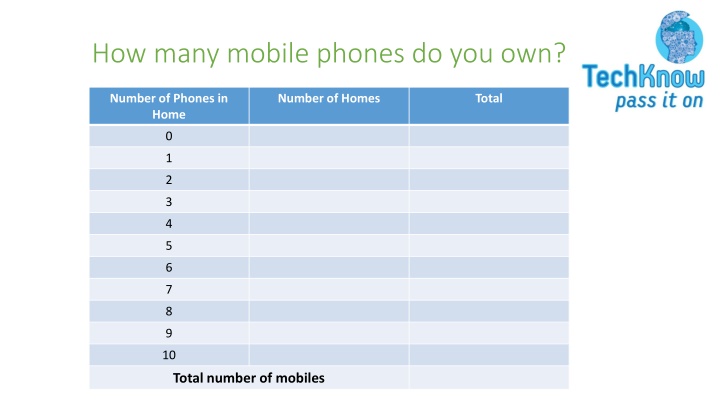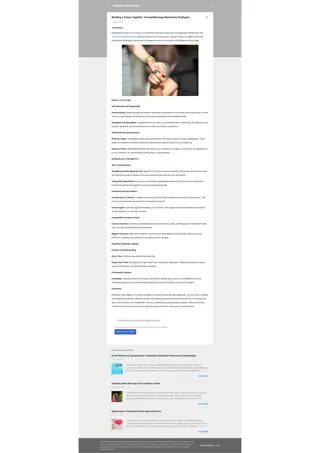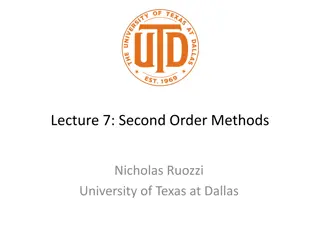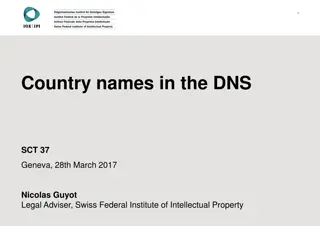
Insights on Mobile Phones, Tablets, and Critical Raw Materials
Explore the world of mobile phones, tablets, and critical raw materials with information on ownership, elements inside tablets, sources of raw materials, recycling workshops, and ways to help the environment. Learn about the number of mobile phones owned, elements found in tablets, where critical raw materials come from, equipment reuse and recycling, and the importance of collecting electrical and electronic equipment to prevent waste and support the environment.
Download Presentation

Please find below an Image/Link to download the presentation.
The content on the website is provided AS IS for your information and personal use only. It may not be sold, licensed, or shared on other websites without obtaining consent from the author. If you encounter any issues during the download, it is possible that the publisher has removed the file from their server.
You are allowed to download the files provided on this website for personal or commercial use, subject to the condition that they are used lawfully. All files are the property of their respective owners.
The content on the website is provided AS IS for your information and personal use only. It may not be sold, licensed, or shared on other websites without obtaining consent from the author.
E N D
Presentation Transcript
How many mobile phones do you own? Number of Phones in Home Number of Homes Total 0 1 2 3 4 5 6 7 8 9 10 Total number of mobiles
How many mobiles in the UK? 65 million phones 300,000 hoarded (not used)
What elements are inside a tablet? Electronics Copper: Used for wiring. Copper, Gold and Silver: Used for the microelectrical components. Nickel: Used in the microphone. Silicon: Used in the chip. Copper, Silver & Tin: Used to connect the components (solder) Screen Glass: Usually strengthened to minimise cracking. Rare Earth Elements: Used to give the screen colour. Indium Tin Oxide: Enables the screen to act as a touch screen. Casing Battery Plastic or Magnesium Compounds: Used for phone cases. Lithium Ion: Typically used for battery Aluminium: Used for battery casing.
Where do critical raw materials come from? Russia Platinum Group metals Canada Cobalt India Graphite Japan Indium China Antimony Beryllium Fluorspar Gallium Graphite Germanium Indium Magnesium Rare Earths Tungsten USA Beryllium Mexico Fluorspar Rwanda Tantalum Brazil Niobium Tantalum South Africa Platinum Group metals Democratic Republic Congo Cobalt Tantalum
Workshop Activity: What equipment can be reused and what equipment can be recycled? Type of Equipment Number Does it work? Could we re- use it? Could we recycle it? Worth ( )
Why should we collect Electrical & Electronic Equipment? Prevent waste Help people Save the environment Make money for school






















